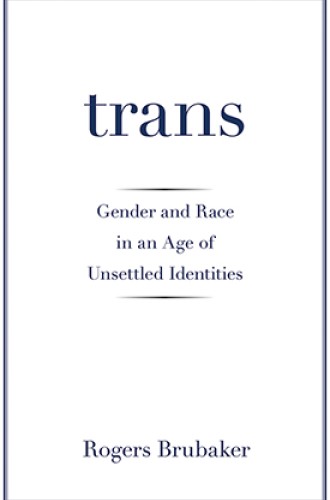People who don’t feel they belong within traditional fixed categories of gender and race daily face Ezekiel’s heartrending question: “How, then, shall we live?” Rogers Brubaker doesn’t attempt to answer that question on behalf of trans people, but he poses a related question for people who want to make sense of trans experience: How, then, shall we think?
Brubaker begins to answer this question by looking at media coverage and public opinion during the summer of 2015, when Bruce Jenner became a transgender woman named Caitlyn and NAACP chapter president Rachel Dolezal claimed the identity of “transracial” after being outed by her parents as white. The proximity of Jenner’s transition and Dolezal’s outing led many Americans to pair the two together in their thinking. A debate soon arose in the media, universities, and even popular conversation: If Jenner could be transgender, then could Dolezal be considered transracial?
Brubaker thinks pairing the concepts of transgender and transracial with one another in this way can be useful. He challenges readers to “think with trans” as a way to engage the tensions and ambiguities that undergird how we use racial and gender categories. Brubaker says the debates around Jenner and Dolezal show that Americans are more willing to “think with trans” when it comes to gender than they are regarding race. After Dolezal made news headlines, many Americans flatly stated that “transracial is not a thing.”






